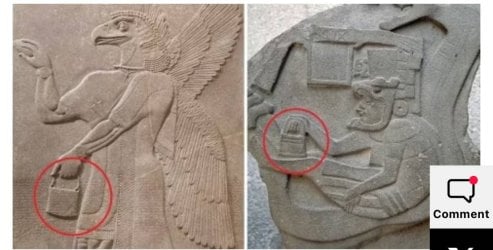Skylar
Diamond Member
- Jul 5, 2014
- 52,800
- 15,720
They used copper blades and quartz sand. The latter of which is significantly harder than granite. Especially the red and black granite of Assuan that was used, which typically had a hardness of between a 6 and nearly a 7 on the Mohr scale. While quartz has hardness from 7 to nearly 8. And the pyramids are almost entirely limestone which had a hardness of 2 to 4. Which is WAY softer than quartz sand.But this was supposedly done by a civilization that only used copper chisels and mallets: no C 130s to transport and place, for example, the series of 70 ton stones above the King’s Chamber at several hundred feet above ground level
View attachment 963966
That’s not accomplished by slaves scratching granite with deer antlers
Which is why the pyramids were made almost entirely out of limestone. Granite would have been an enormous pain in the ass for the Egyptians.
We can demonstrate the cutting method today using tools that the Eyptians absolutely had access to.

